
- Shandong Microwave Machinery Co.,Ltd.
- To be the Leader of microwave drying and edible oil refining equipments Manufacturer
Home> Company News> Mechanism of moisture movement in wood during microwave drying
- AddressNo. 225, Huangqiao Village, Beiyuan, Tianqiao District, Jinan, Shandong, China
- Factory AddressNo. 225, Huangqiao Village, Beiyuan, Tianqiao District, Jinan, Shandong, China
- Phone(Working Time)+86 0531 85064681
- Phone(Nonworking Time)0086-15020017267
- Fax+ 86 0531 85064682
Mechanism of moisture movement in wood during microwave drying
2018-10-25 11:13:54Abstract: By measuring the internal temperature, pressure and stratified moisture content of wood during microwave drying, the distribution and variation of temperature, vapor pressure and moisture in wood during microwave drying were studied. During the drying process, the temperature distribution in the wood is more uniform, but in the later stage of drying, the non-uniformity of temperature distribution in the wood tends to increase; with the drying process, the moisture content gradient in the wood decreases gradually, and the moisture content distribution becomes more uniform; in the early stage of wood drying, there is moisture accumulation on the surface of the wood; in the power of 10. Under the condition of 00 W, the internal pressure of 300 mm 100 mm 65
Key words: microwave drying equipment, water movement mechanism, vapor pressure difference, Masson Pine
In conventional drying, wood microwave drying medium transfers heat to wood, and then water is exchanged to drying medium. Because heat transfer and water transfer are slow processes, the temperature of water (including free water and water vapor) in wood cell cavity increases slowly with limited energy supply, and the evaporation of free water and water vapor occur. In addition, wood cells are semi-enclosed structures, which drain part of the water through the pits on the cell wall, and to a certain extent play a "pressure relief" role. Therefore, it is generally believed that there is no total pressure difference inside and outside the wood in the conventional chamber trunk, and the water content in the wood is in the role of water content gradient (or concentration gradient). In the process of microwave drying, energy permeates directly into the interior of wood in the form of electromagnetic wave. Under the action of microwave electromagnetic field, the sharpened water molecules in wood rotate rapidly, rub against each other, produce heat, heat and dry wood. It is precisely because the energy in the process of microwave drying is in The uniqueness of generation and transfer in wood leads to the different mechanism of moisture movement between wood and conventional drying, resulting in the high speed of wood microwave drying.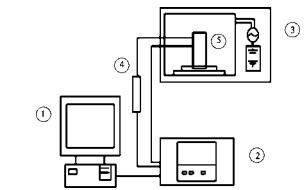
1 materials and methods
1.1 materials
The specimen is Pinus massoniana, collected from Liuzhou, Guangxi. According to the test requirements, the logs are processed into solid edge boards with thickness of 30, 50 and 65 m m and length of 2 m, which are put into freezers for storage.
1.2 installation
The microwave oven is a domestic Panasonic frequency converter microwave oven. The microwave oven was reformed before the test to meet the requirements of temperature and pressure on-line detection during the test.
1.3 determination of temperature and pressure in test materials
Determination of temperature in 1.3.1 test material
Wood specimens of the same size and initial moisture content were sealed (end and side) with epoxy resin and aluminum foil, so that moisture migration and heat transfer were carried out only along the direction of wood thickness.
Three holes were drilled in the direction of wood thickness with a 1 mm diameter drill bit on the closed side. The depth of the holes was half the width of the specimen, and the distance from the center of the holes to the surface was 2, 15 and 30 mm, respectively. Then a 1 mm diameter double Pt-Rh thermocouple was embedded to measure the wood during microwave vacuum drying. The temperature of the surface, middle and central layers.
Determination of pressure in 1.3.2 test material
The specimens of 300 mm x 100 mm x 60 mm are enclosed with epoxy resin and aluminum foil, in which the specimens measured by the pressure gradient in the direction of fiber are enclosed on both sides and one end face.
In order to ensure that the pressure testing system does not leak, nitrogen is injected into the connecting system before testing, and the connecting system is immersed in water to ensure that the pressure does not leak. Determination.
1.4 method for determining the distribution of water content in test materials
The size of the test material is 200 mm After sawing and edge sealing, and then drying after curing the adhesive layer, the measured moisture content of the laminated wood will differ greatly from the actual value.
In order to minimize the test deviation, five pieces of wood with a thickness of 60 mm, a width of 100 mm and a length of 1000 mm were cut off from the same plate and the end of 100 mm was removed before the test. Microwave treatment time of 4 samples were 5, 10, 15 and 20 minutes respectively, and stratified water content samples were intercepted from the middle of each sample.
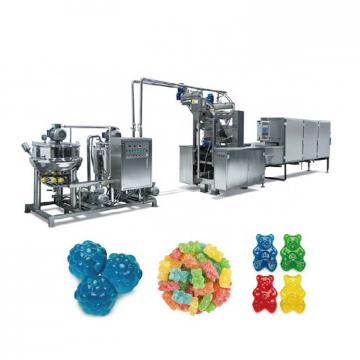 High efficiency food beverage factory stone paper production line
High efficiency food beverage factory stone paper production line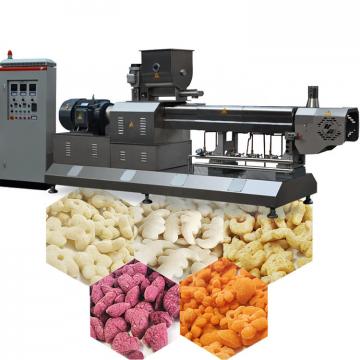 Factory price Fully automatic Machine PP/PS Plastic Sheet Production Line
Factory price Fully automatic Machine PP/PS Plastic Sheet Production Line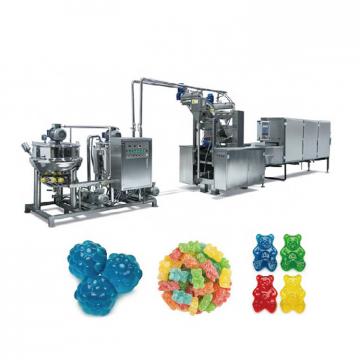 used deformered bar rolling mill production line
used deformered bar rolling mill production line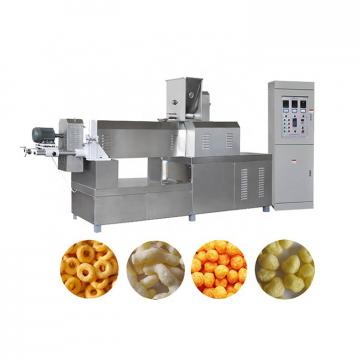 Manufacturing plant automatic factory puffed sticky rice cracker production line
Manufacturing plant automatic factory puffed sticky rice cracker production line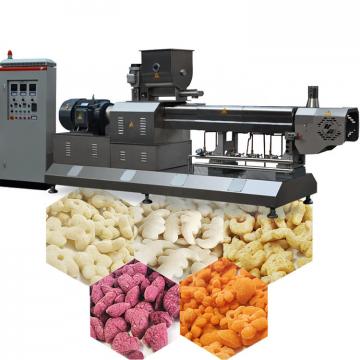 Production Line Pp Ppr Plastic Pipe Making Machine 20-63mm Multi-layer Extrusion Production Line For Water Supply
Production Line Pp Ppr Plastic Pipe Making Machine 20-63mm Multi-layer Extrusion Production Line For Water Supply